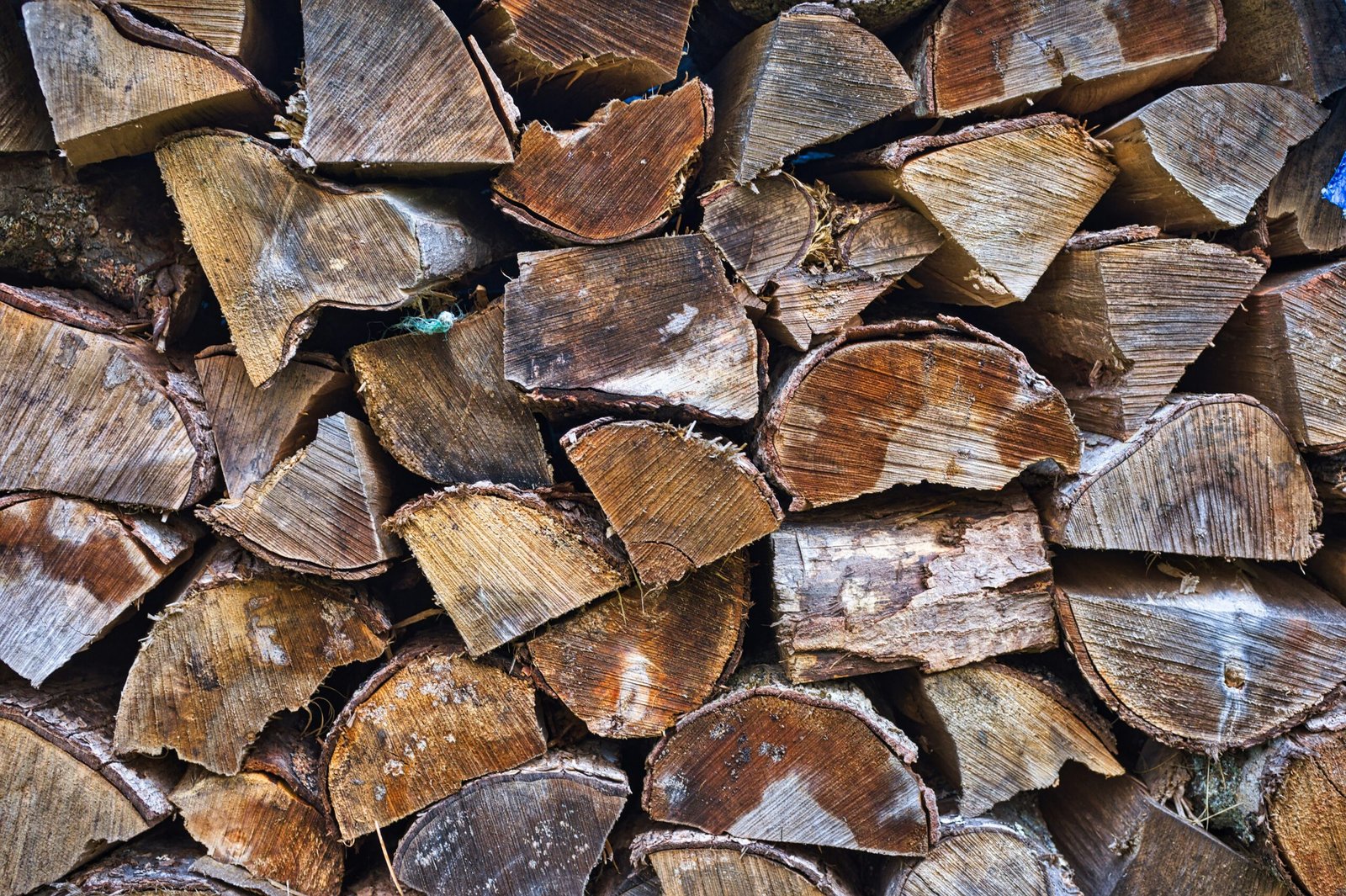Assessing Your Outdoor Space
Preparing your outdoor home for winter begins with a comprehensive assessment of your outdoor space. This evaluation is crucial to ensure the longevity and health of your landscaping and outdoor decor through the colder months. Start by examining the condition of your various outdoor plants. Some species are naturally more resilient to cold temperatures, while others may require additional attention to survive harsh weather conditions. Identifying vulnerable plants will guide you on the necessary winter care techniques they may need, such as mulching or protective wrapping.
Next, take stock of your landscaping features. Inspect any trees, shrubs, or perennial plants for signs of damage and determine whether they need trimming or protective measures. It is also advisable to assess the mulch and soil around these plants, as proper insulation is vital for their protection during winter. Healthy mulch layers can prevent the soil from freezing and adequately support root systems.
Furthermore, evaluate your outdoor furniture and decor. Items such as patio sets, planters, and decorative accessories may require secure storage or protective coverings against snow and ice. Assess the materials of your outdoor furniture; for example, wooden items may need a protective sealant if they are to remain outside, while metal furniture should be cleaned free of rust to prolong its lifespan. Planning the proper care for these assets is essential for maintaining your outdoor living spaces, allowing you to enjoy them once again in spring.
In summary, a thorough assessment of your outdoor space lays the groundwork for all subsequent winter preparations. By identifying vulnerable plants, inspecting landscaping features, and assessing the condition of your outdoor furniture and decor, you can implement tailored strategies to safeguard your outdoor home throughout the colder months.
Winterizing Your Plants
As the winter season approaches, it is crucial to take necessary steps to winterize your plants to ensure their health and resilience during the harsh months ahead. One effective method of protecting tender plants is by covering them with burlap. This material acts as an insulator, safeguarding plants from frost and strong winds while still allowing light and moisture to penetrate. It is important to secure the burlap well to prevent it from blowing away in winter storms.
For potted plants, an essential preparation step is to bring them indoors. Prior to relocation, it is advisable to inspect these plants for pests and diseases, ensuring that unhealthy specimens do not compromise the health of indoor flora. Pots should be placed in a cool, well-lit area of the home to emulate natural conditions as much as possible. If bringing all plants indoors is not feasible, consider grouping pots together in a sheltered location, such as a garage or basement, to reduce exposure to extreme temperatures.
Another key aspect of winterizing your plants is mulching perennials. Applying a thick layer of mulch around the base of these plants helps to insulate their roots against freezing temperatures. Mulch also retains moisture in the soil, reducing the chance of drought stress during winter. However, it is essential to avoid piling mulch directly against the plant stems to prevent rot and other moisture-related diseases.
Cutting back certain plants is also an important strategy during this preparation phase. Many perennials benefit from a reduction in size, as this helps manage energy expenditure and reduces the risk of disease. Additionally, cleaning up any remaining foliage, fallen leaves, or debris can prevent pests from overwintering in your garden. By taking these essential steps, you will contribute significantly to the health and vitality of your garden, allowing it to flourish once spring arrives.
Preparing Outdoor Furniture and Features
As winter approaches, it becomes crucial to prepare your outdoor furniture and features to withstand cold weather conditions. Proper preparation not only helps maintain the quality of these items but also extends their lifespan, ensuring they remain in good condition for later use. The first step in this process is to thoroughly clean all outdoor furniture. Removing dirt, debris, and any residues from the warmer months can prevent mold and rust, especially on metal furniture. Use mild soap and water, followed by a thorough rinse, and allow everything to dry completely before proceeding.
Once clean, the question arises: should you cover your furniture or store it indoors? For lightweight pieces, such as plastic or wicker furniture, storing them indoors is typically the best option, as it minimizes exposure to harsh winter elements. However, heavier items can be covered with tailored outdoor furniture covers that fit snugly to prevent water, snow, and ice build-up. It is essential to choose breathable covers, as this will help prevent condensation, which can lead to mold growth.
For outdoor kitchens, fire pits, and grills, special care is also necessary. Begin by cleaning your grill’s interior and exterior, along with any associated cooking tools. For gas grills, disconnect the propane tank and store it in a safe, dry location. If you have an outdoor kitchen equipped with a refrigerator or sink, ensure these areas are winterized to prevent freezing and possible damage. Shut off the water supply, drain the pipes, and use antifreeze where necessary. Fire pits should be emptied of ashes and covered to keep out moisture, while any accessories should be stored or protected from the harsh winter conditions.
Regular Maintenance and Final Checks
Preparing your outdoor home for winter requires diligence, particularly in the lead-up to the colder months. Regular maintenance plays a crucial role in safeguarding your outdoor spaces and structures against the harsh winter elements. One of the essential tasks during this preparation phase is conducting final checks on your irrigation systems. Properly winterizing these systems helps prevent damage due to freezing temperatures.
To begin with, it is advisable to drain all hoses thoroughly and store them away from the elements. Hoses left filled with water can freeze and crack, leading to costly replacements. Additionally, properly winterizing your sprinklers involves turning off the water supply and, in many cases, using an air compressor to blow out any remaining water in the pipes. This process is vital to avoid potential ruptures that could occur as water expands upon freezing.
While addressing irrigation systems, other outdoor structures such as decks, fences, and patios should not be overlooked. It is crucial to examine these areas for any signs of wear or damage. Wooden decks may require sealing or staining to provide an extra layer of protection against moisture, while fences should be checked for loose boards or rusted metal components. Repairing these elements ahead of winter ensures that they remain stable and resilient throughout the season.
To streamline these tasks, a checklist can be an invaluable tool. By systematically going through each item, from draining hoses to checking fences, you can ensure no detail is overlooked in your winter preparations. Adopting this methodical approach guarantees that your outdoor home is well-equipped to withstand winter conditions, preserving its beauty and functionality for the upcoming months.
If you’re interested in purchasing the item you seek, please click the link for additional details: #americanachoice.
https://amzn.to/3SBN3Oy
AFFILIATE DISCLOSURE: I am an affiliate for this company, I am not a paid employee.
I may receive a commission if you click a link on this page and choose to purchase something.
You can rest assured I will only share things I believe in and will be valuable to you.



